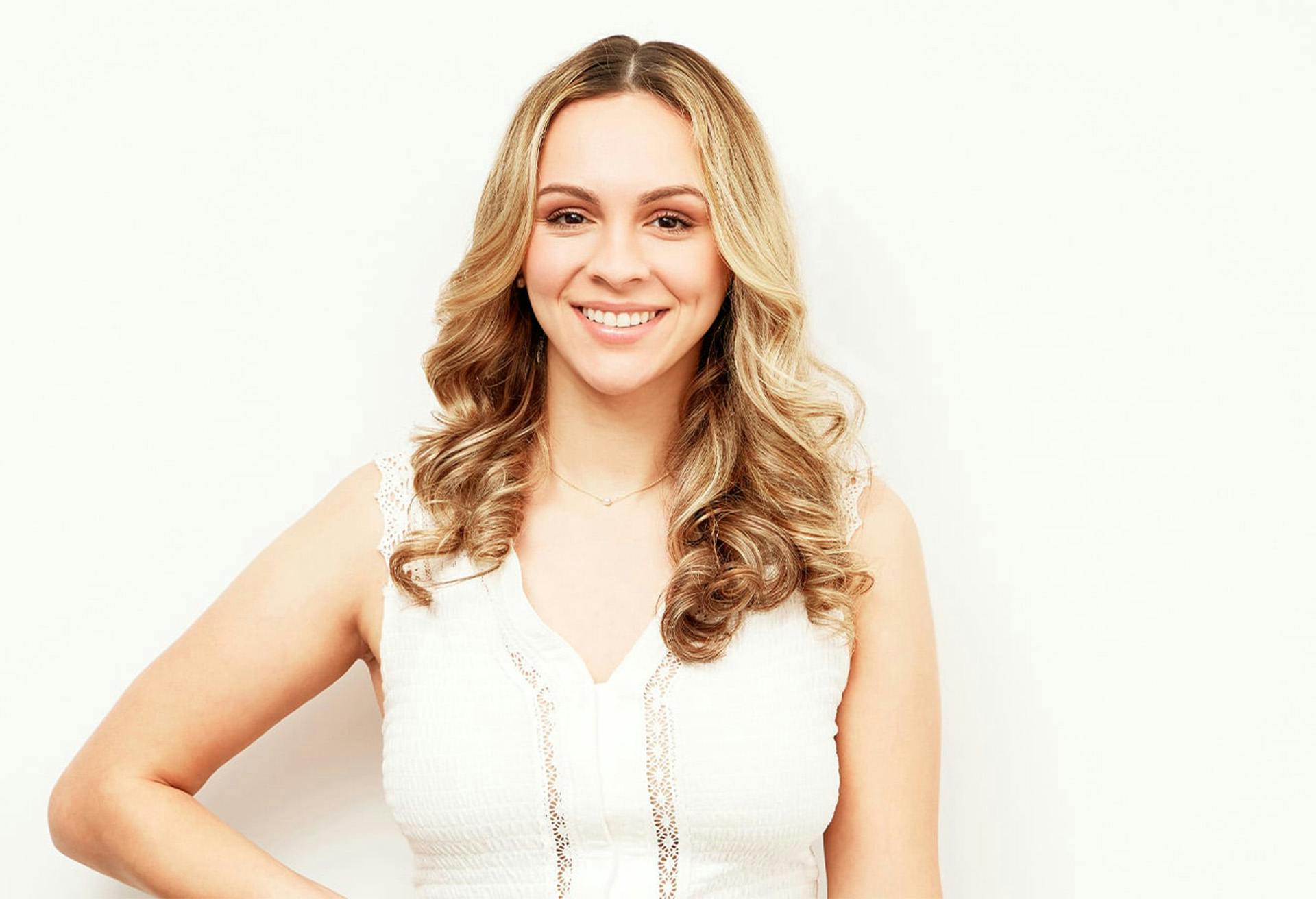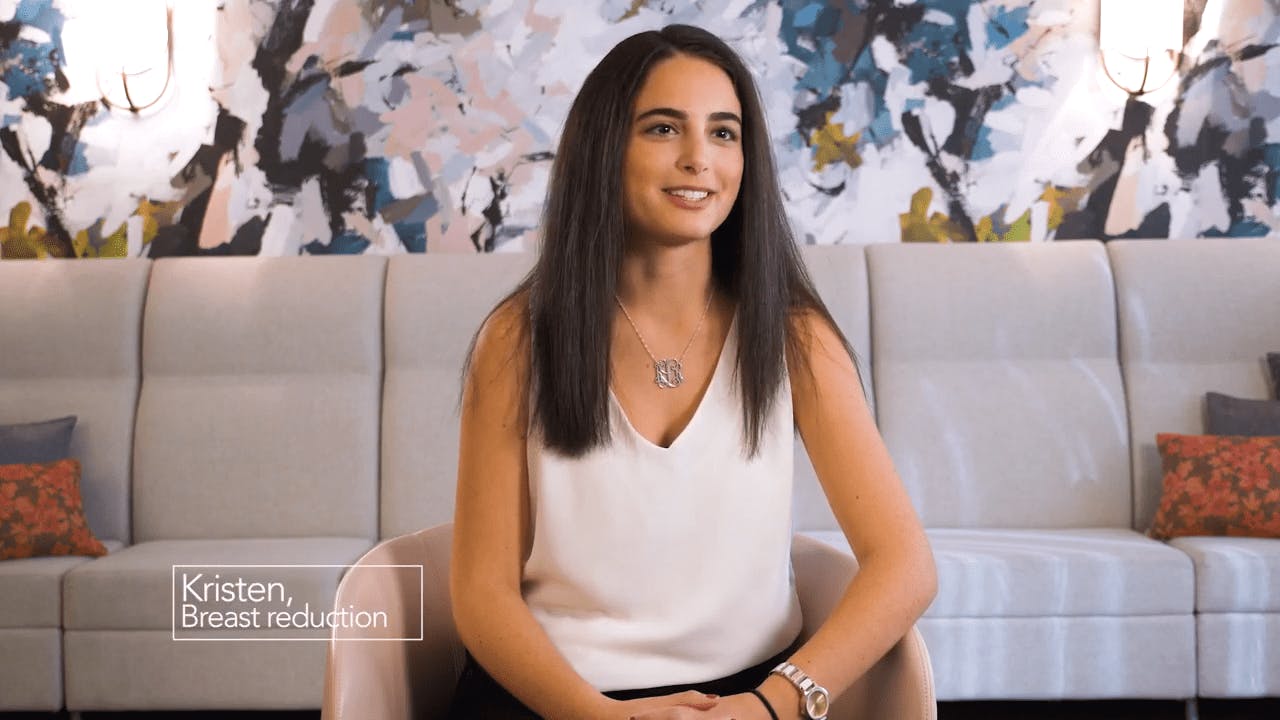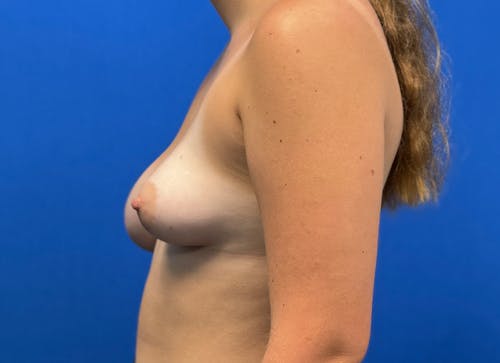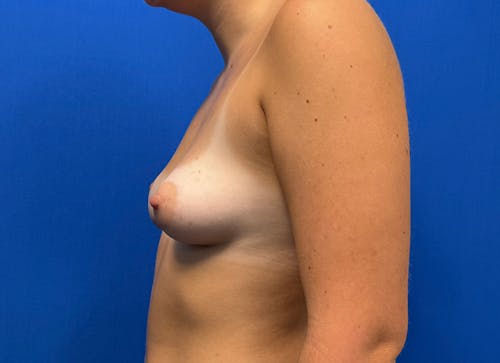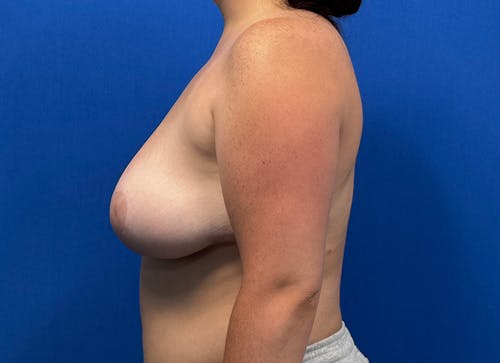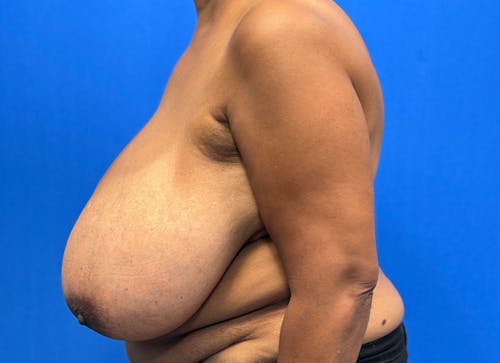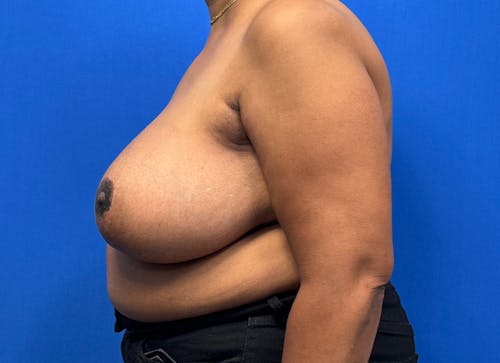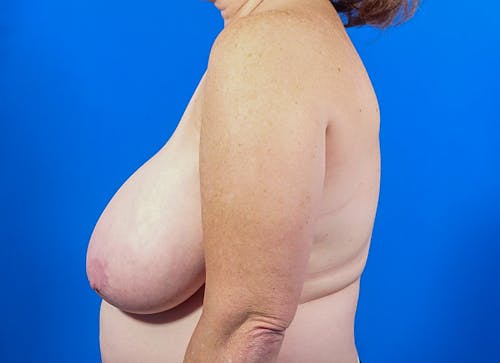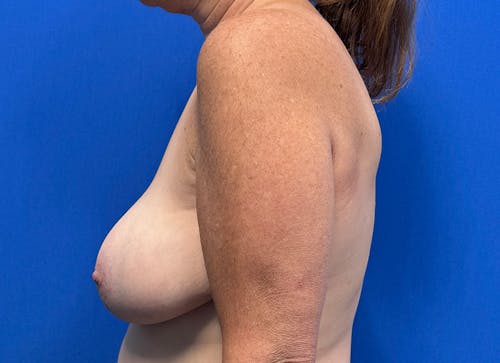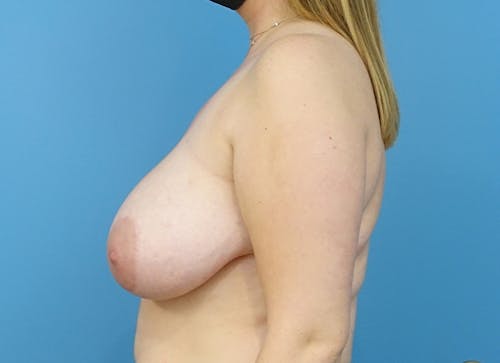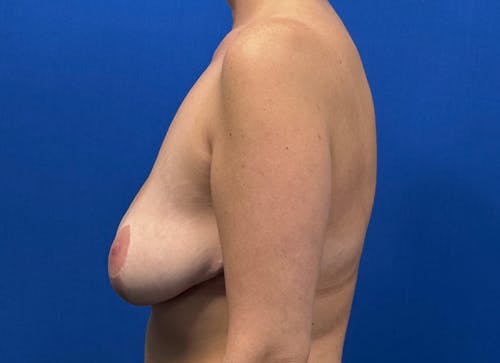Our breast reduction in Long Island surgery, also known as “reduction mammoplasty,” is a procedure to remove excess breast tissue and skin to achieve a breast size that is in proportion with your body.
Breast Reduction Is A Personal Choice
Dr. Tanna focuses on surgical techniques that result in breasts that are symmetric, natural in appearance, and of a size and projection that enhances the figure. A woman’s choice to pursue breast reduction surgery is extremely personal. Dr. Tanna appreciates that each woman’s body is different and her goals are unique. He works closely with his patients, one-on-one, to customize a breast reduction surgery that creates proportionate and symmetric breasts that fit the patient’s body, while alleviating them from the problems associated with overly large breasts.

